When it comes to lower body workouts, resistance bands are seriously underrated. These lightweight, portable, and surprisingly tough tools can help you target your glutes, quads, hamstrings, and calves with precision and versatility. Whether you’re working out at home, at the gym, or on the go, resistance bands can level up your leg day—and no, they’re not just for warming up! 😉
In this guide, we'll walk you through everything you need to know about using resistance bands for your legs—from benefits and band types to top exercises and sample routines. Let’s get into it!
Benefits of Using Resistance Bands for Leg Workouts
Enhanced Muscle Activation
Resistance bands create constant tension on the muscles, which leads to greater muscle activation. They're especially great for targeting the glutes—something many people struggle to activate during standard squats and lunges.
Improved Stability and Balance
Bands force your body to stabilize itself, which means your core and smaller stabilizer muscles get a workout too. Great for functional strength and injury prevention!
Progressive Overload Without Weights
You can gradually increase the resistance level by switching to thicker bands. This allows for continuous muscle growth without needing a full rack of dumbbells.
Versatility for All Fitness Levels
Whether you're a beginner or a seasoned athlete, resistance bands can match your intensity level. They're perfect for warm-ups, strength training, mobility, and recovery.
Portability and Convenience
Throw them in your gym bag or suitcase, and you've got a gym on the go. No excuses! ✈️
Types of Resistance Bands and Which Are Best for Legs
-
Loop Bands (Mini Bands)
These are great for glute activation, side steps, and squats. They usually go around your thighs, knees, or ankles.
-
Long Resistance Bands (Pull-Up Assist Bands)
Perfect for compound exercises like squats, leg presses, and deadlifts.
-
Tube Bands with Handles
These can be anchored to a door or used for exercises like standing hamstring curls and kickbacks.
-
Fabric vs. Latex Bands
Fabric bands are less likely to roll or snap, providing more comfort for leg workouts. Latex bands offer more stretch but may roll up during use.
How to Use Resistance Bands Safely and Effectively
- Choose the right resistance level. Too easy? You won't build strength. Too hard? You risk injury.
- Band placement matters. Position the band above your knees for most glute exercises and around your ankles or feet for lower leg targeting.
- Maintain proper form. Don't let the band dictate your movement—stay in control.
- Avoid common mistakes. These include letting the knees cave in during squats or using momentum instead of muscle.
Best Resistance Band Exercises for Legs
Squats
- Banded Bodyweight Squats: Place a loop band above your knees and squat down. The band forces you to push your knees outward, engaging your glutes more.
- Banded Sumo Squats: Take a wider stance and point toes outward. Great for inner thighs!
- Front Squats with Long Bands: Stand on the band, hold the ends at shoulder height, and squat.
Glute Bridges & Hip Thrusts
- Banded Glute Bridge: Loop band above knees. Lie on your back, feet flat, and thrust your hips upward.
- Hip Thrusts: Place your upper back on a bench, feet on the ground, and drive through your heels.
- Single-leg Glute Bridge: Focuses on one glute at a time. Burn! 🔥
Lunges
- Forward Lunges with Band: Anchor a long band under your front foot and hold the other end.
- Lateral Lunges with Mini Band: Step to the side while keeping the band taut.
- Split Squats with Band: Add resistance by looping a band under your front foot and holding it overhead.
Kickbacks and Leg Lifts
- Standing Glute Kickback: Band around ankles. Kick one leg back while balancing on the other.
- Donkey Kicks: On all fours with a band around thighs.
- Side-Lying Leg Lifts: Great for outer thighs and hips.
Lateral Band Walks
- Monster Walks: Take wide steps forward/backward with a band around your ankles.
- Side Steps: Classic glute burner. Stay low for maximum effect.
Hamstring Curls
- Prone Hamstring Curl: Lie on your stomach and attach a band to your feet. Curl towards your glutes.
- Standing Hamstring Curl: Use a door anchor or stable pole to add resistance.
Sample Resistance Band Leg Workout Routine
Warm-Up (5 Minutes)
- Bodyweight squats
- Leg swings
- Banded lateral walks
Main Workout
- Banded Glute Bridge – 3 sets of 15 reps
- Banded Squats – 3 sets of 12 reps
- Lateral Lunges – 3 sets of 10 reps per leg
- Donkey Kicks – 3 sets of 12 reps per leg
- Standing Hamstring Curl – 3 sets of 15 reps
Cool Down
- Seated hamstring stretch
- Pigeon pose
- Banded quad stretch
Tips for Progression and Long-Term Results
- Increase resistance by switching to a thicker band or slowing down the movement.
- Add tempo or pulses to make exercises harder without changing bands.
- Track your progress using a journal or app.
- Stay consistent—aim for 2–3 banded leg workouts per week.
Resistance Bands for Recovery and Mobility
- Banded hamstring stretches
- Quad and hip flexor stretches using long bands
- Glute activation drills as part of warm-up or cooldown
These can improve flexibility and reduce post-workout soreness. 💆♀️
Common Questions & Troubleshooting
Q1: Why don't I feel it in my glutes?
Focus on mind-muscle connection and slow, controlled reps. Don't let the band pull you too quickly.
Q2: Which band level should I use?
Start light and build up. For glute work, medium resistance is often ideal.
Q3: How often should I train legs with bands?
2–3 times a week is a great start. Mix band work with other forms of training if desired.
Conclusion
Resistance bands are more than just a warm-up tool—they're your secret weapon for building strong, sculpted legs anywhere, anytime. From glute bridges to hamstring curls, you can get a killer lower body workout without ever picking up a weight. 🌟
So grab your band, put on your favorite playlist, and get to work. Your legs will thank you!

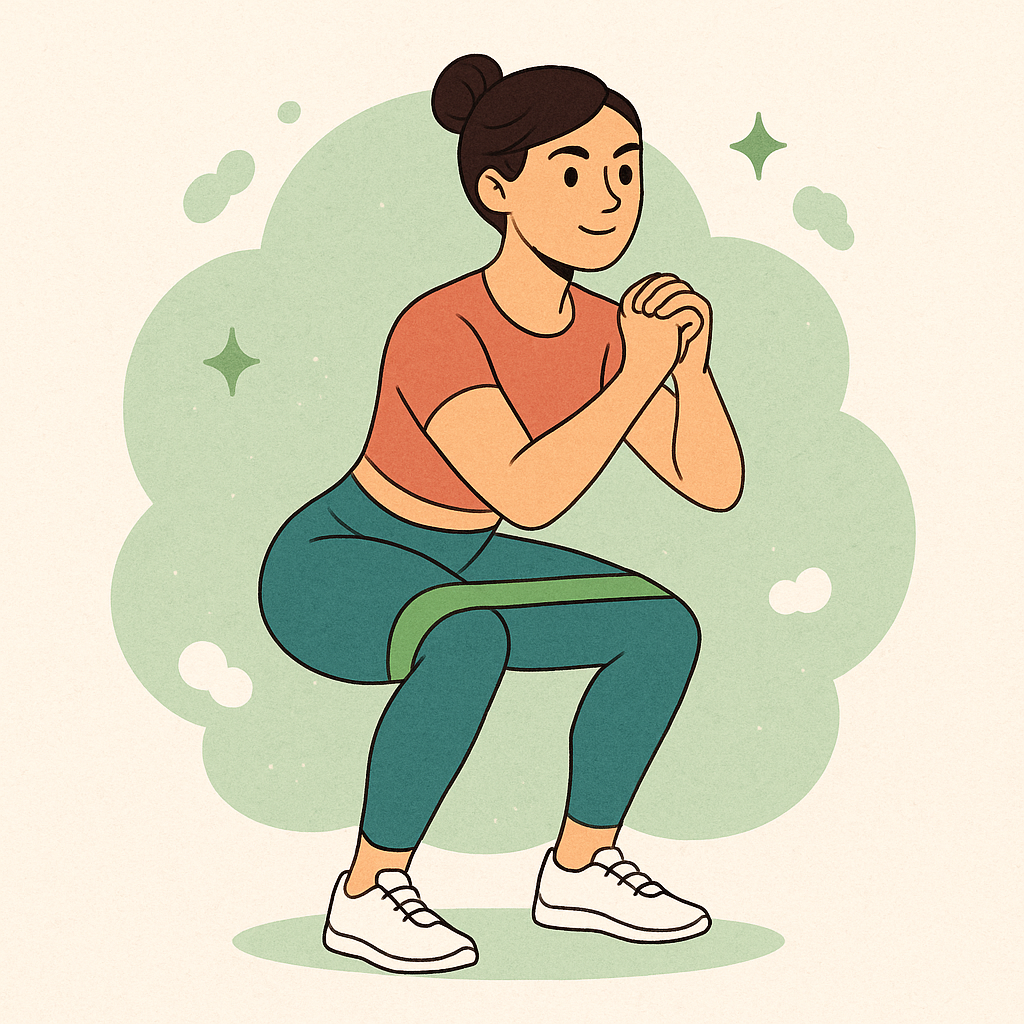
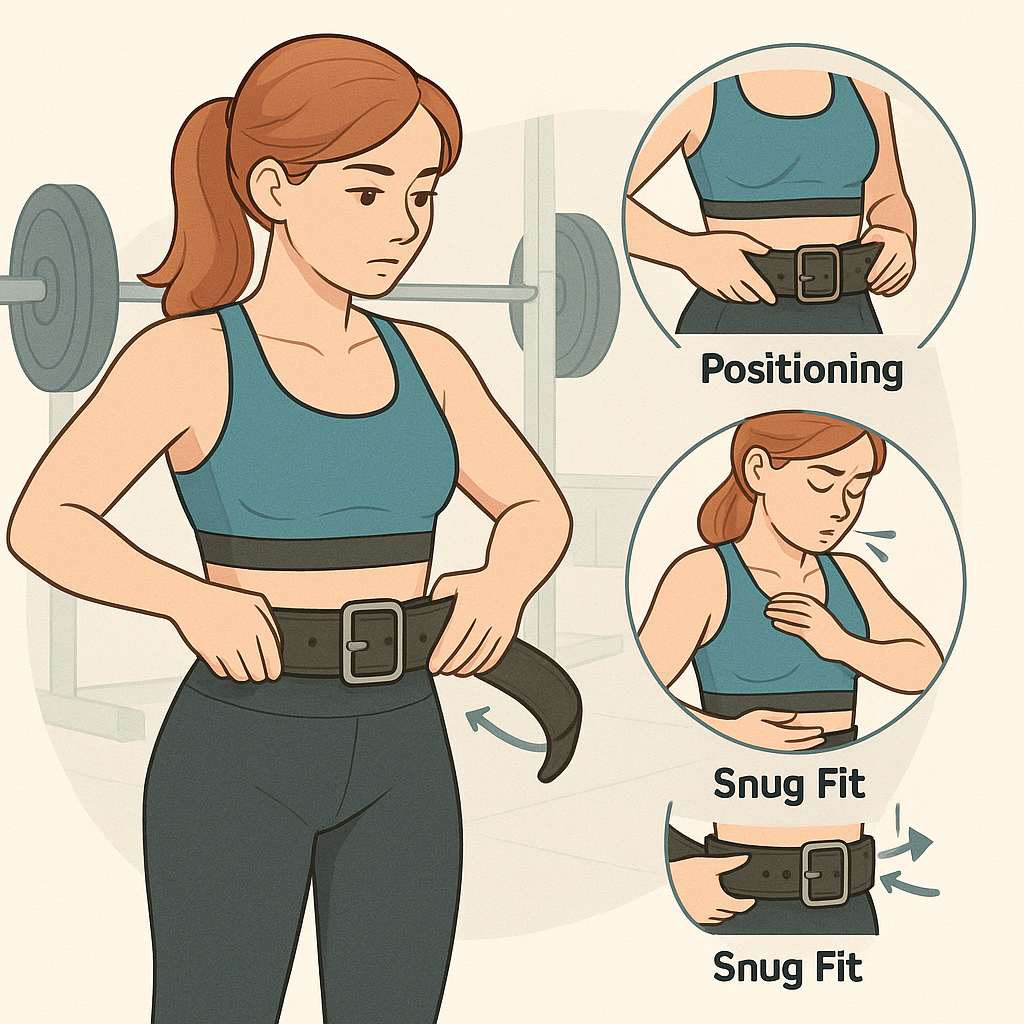
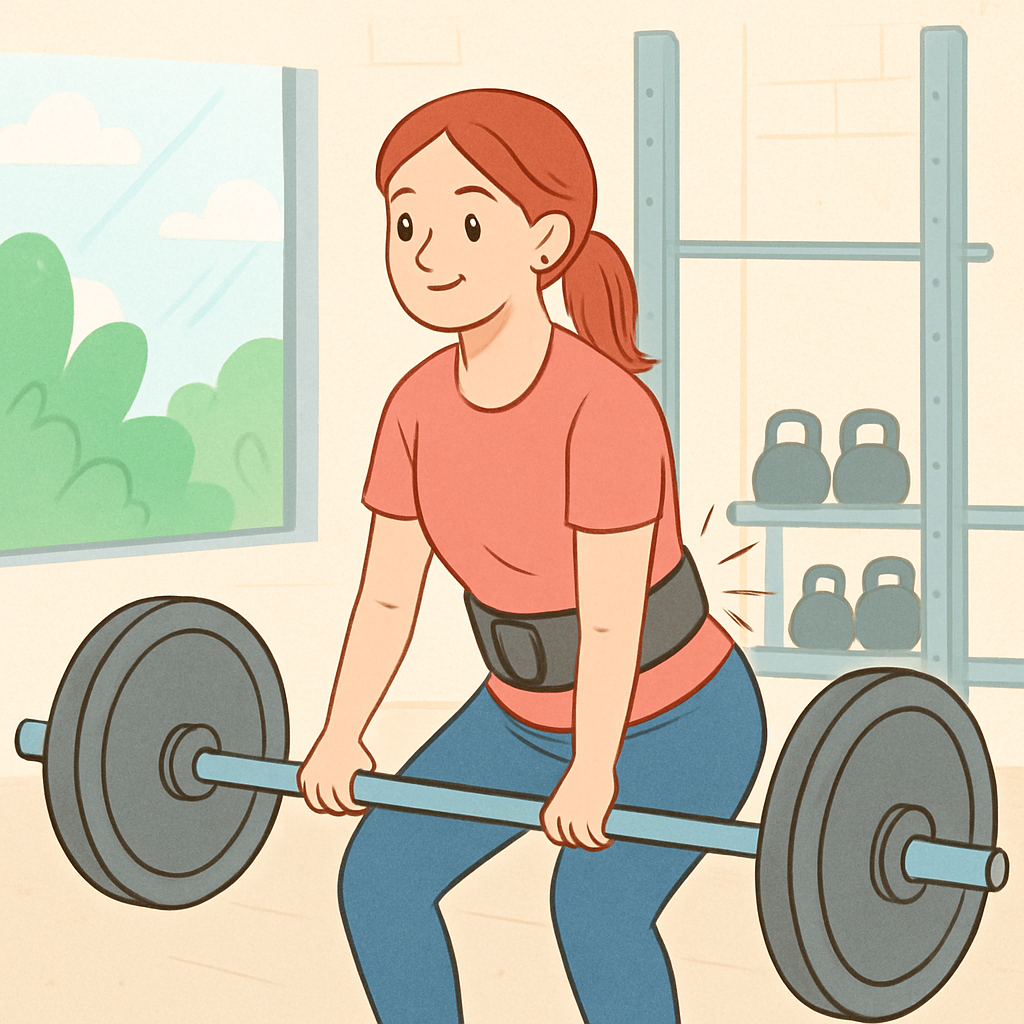
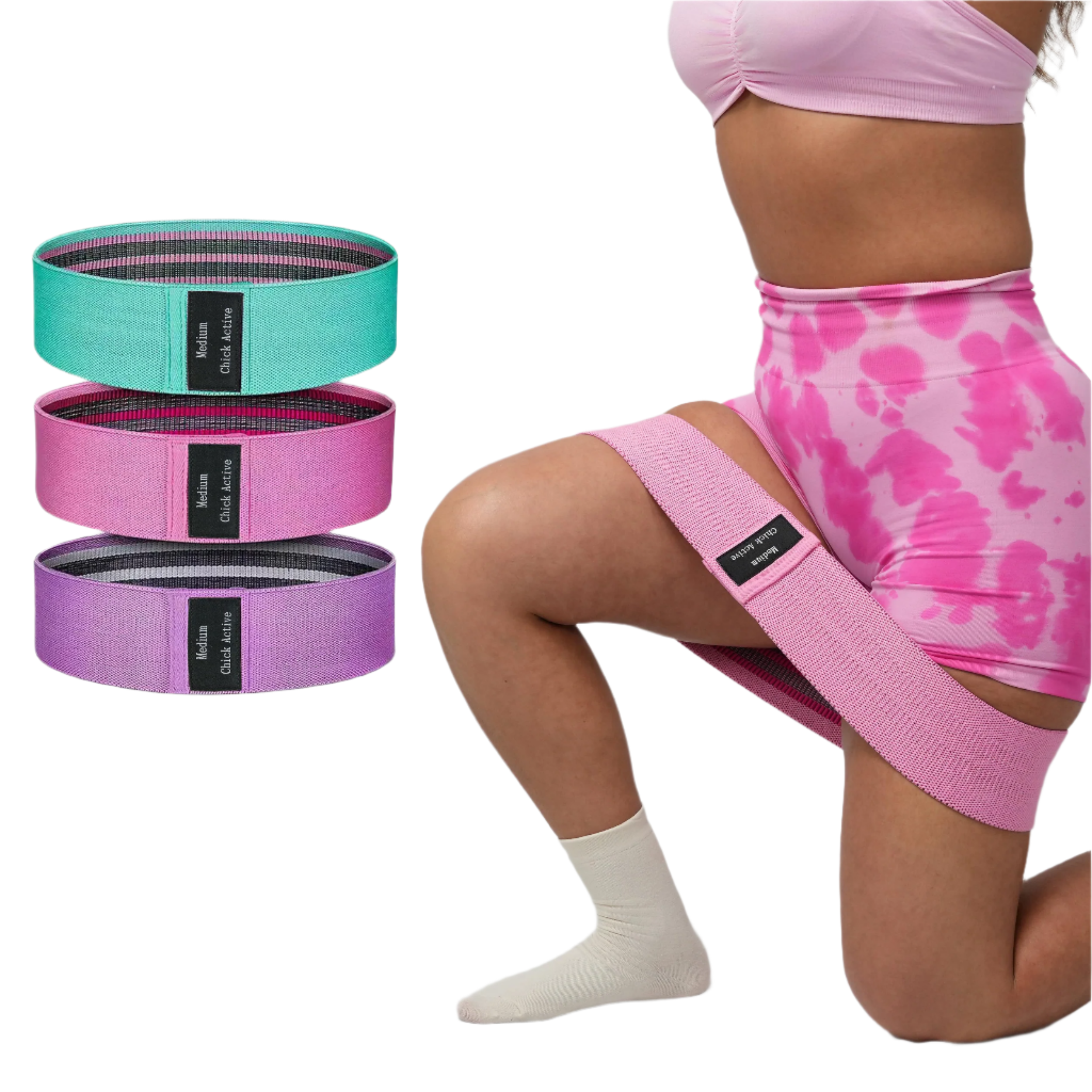
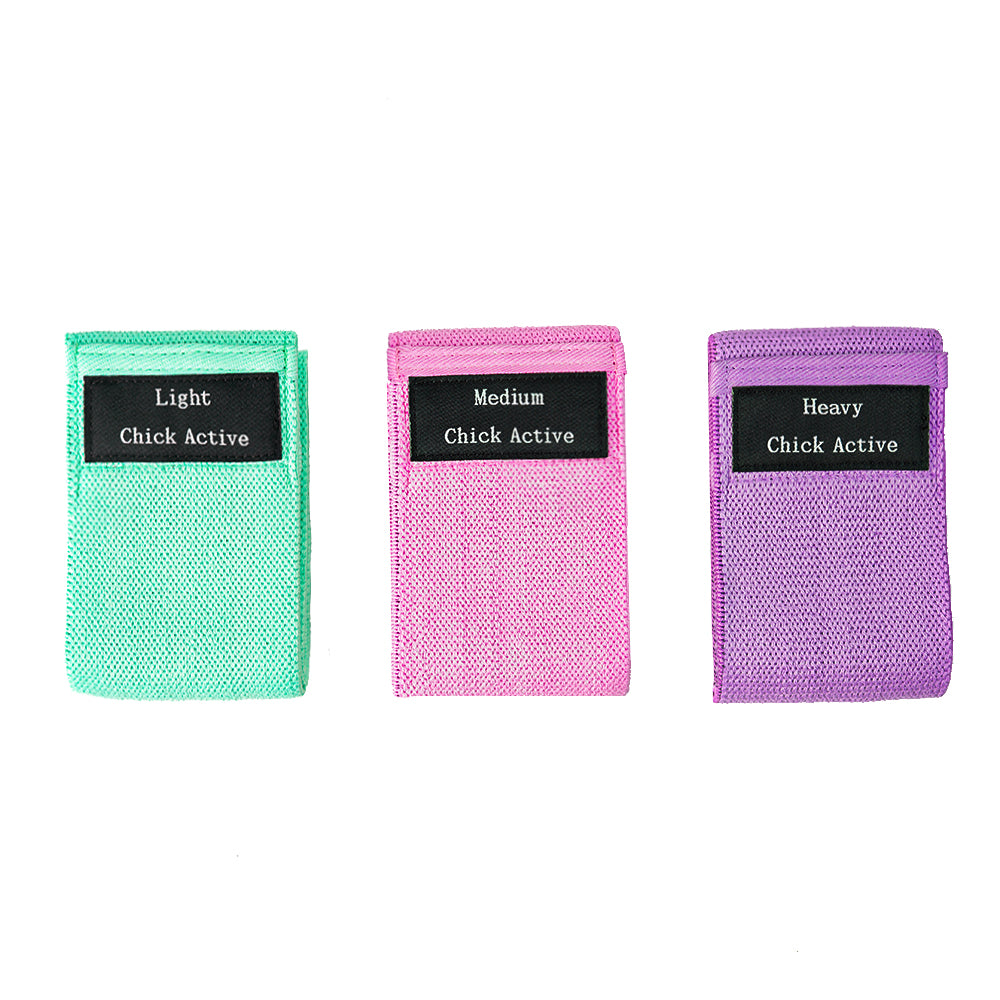
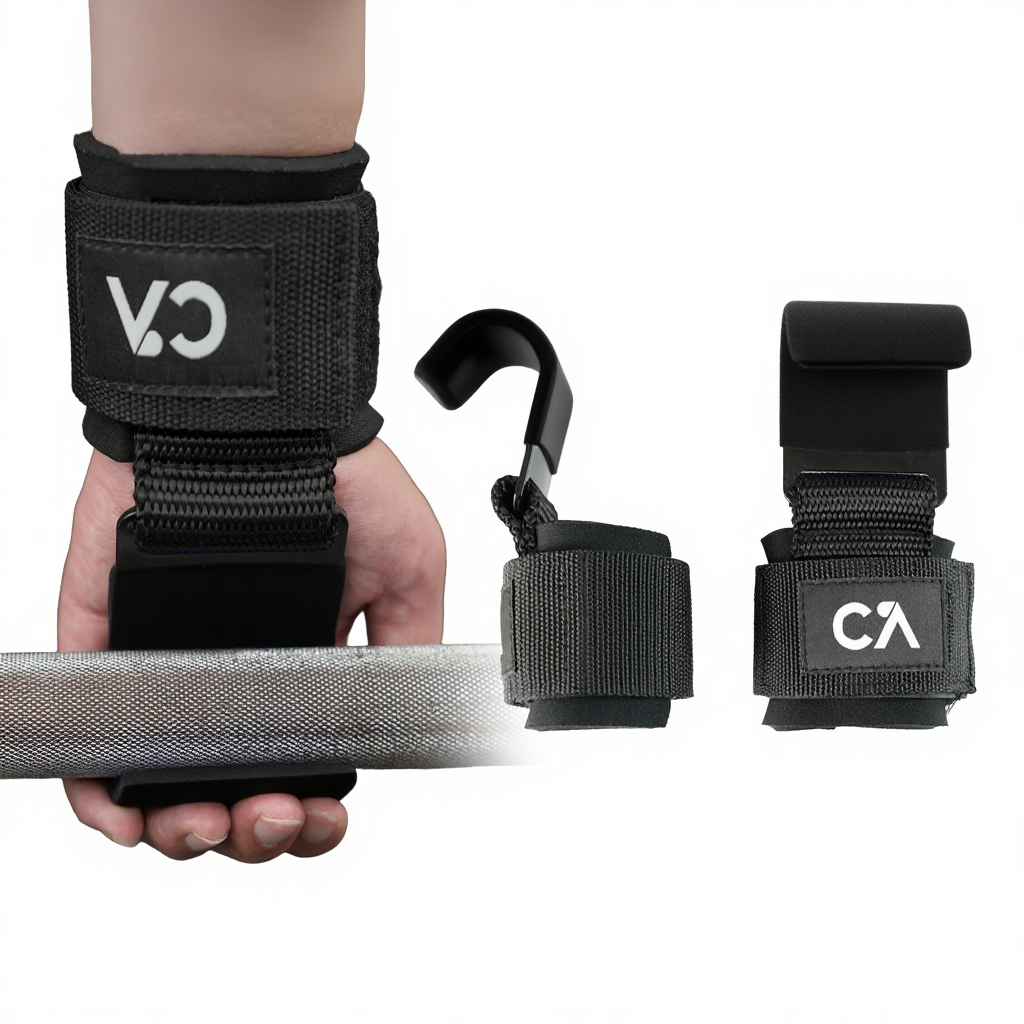
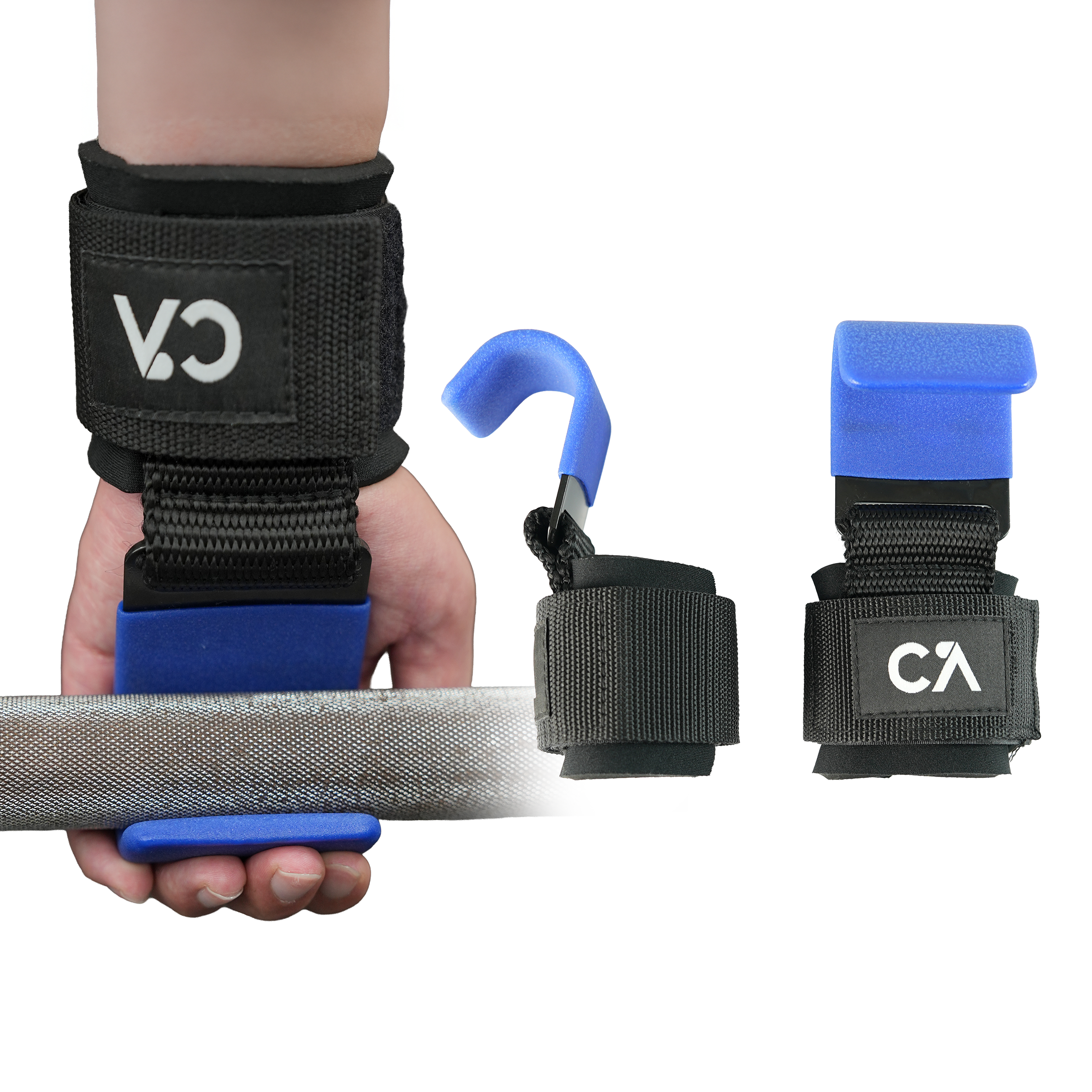
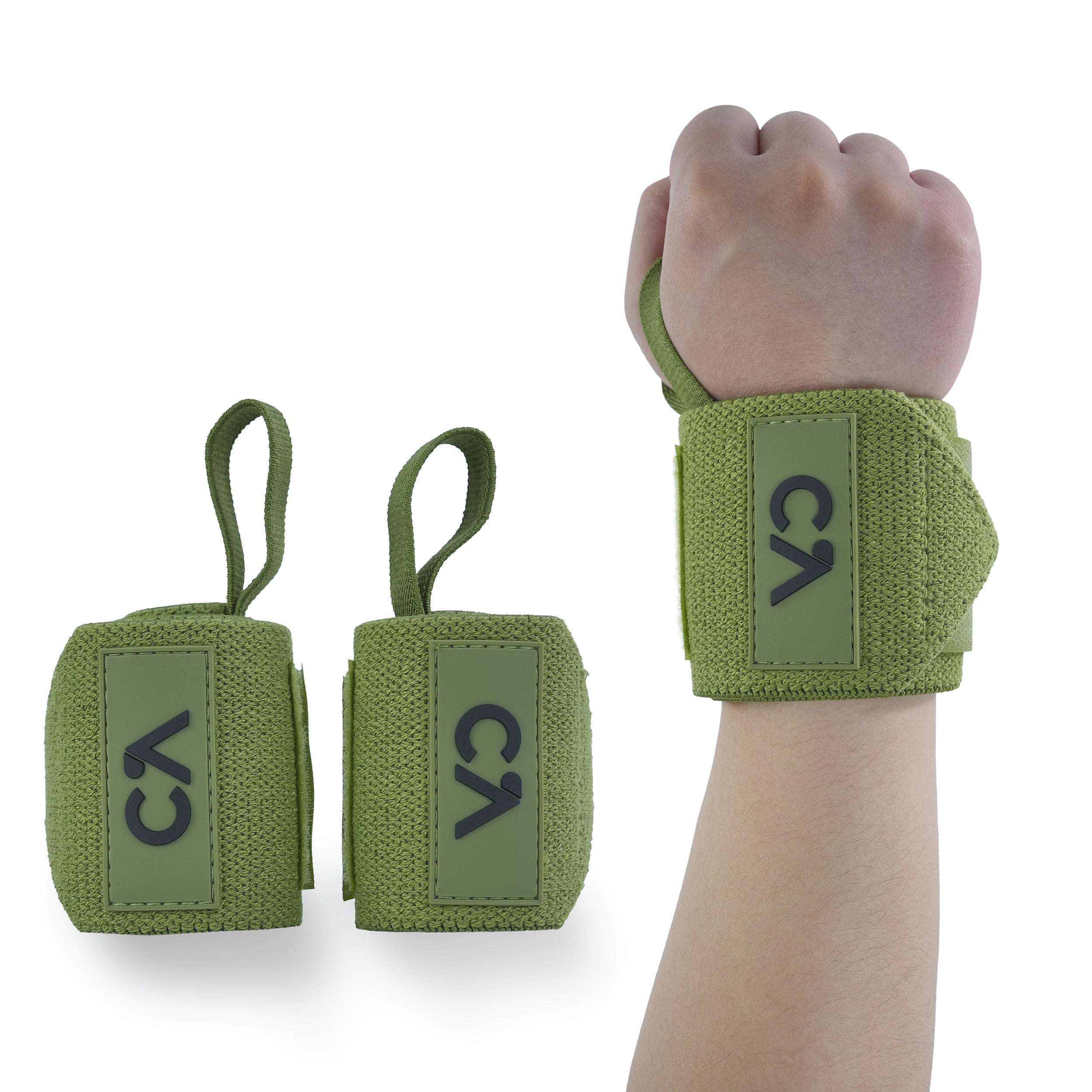
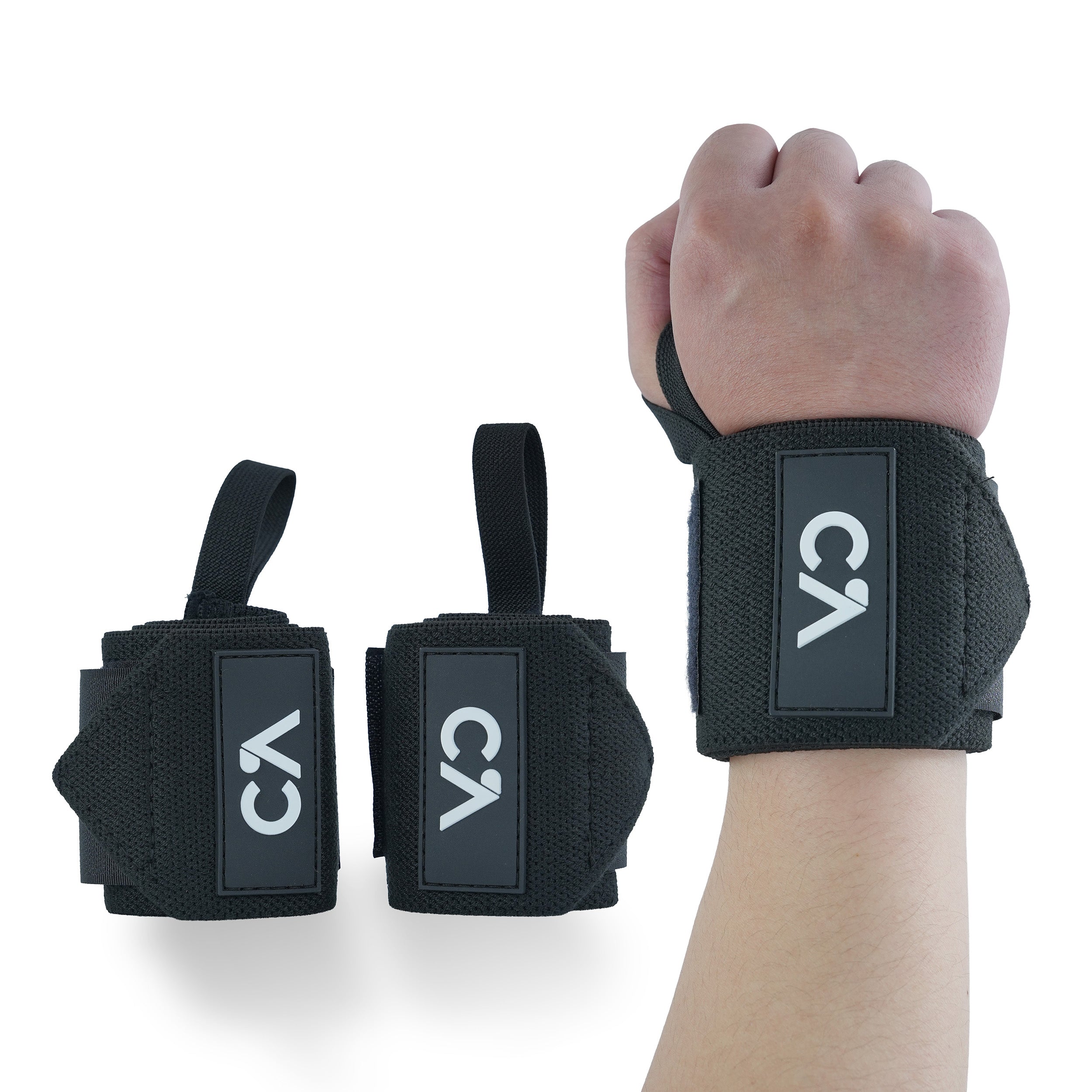
Leave a comment
All comments are moderated before being published.
This site is protected by hCaptcha and the hCaptcha Privacy Policy and Terms of Service apply.